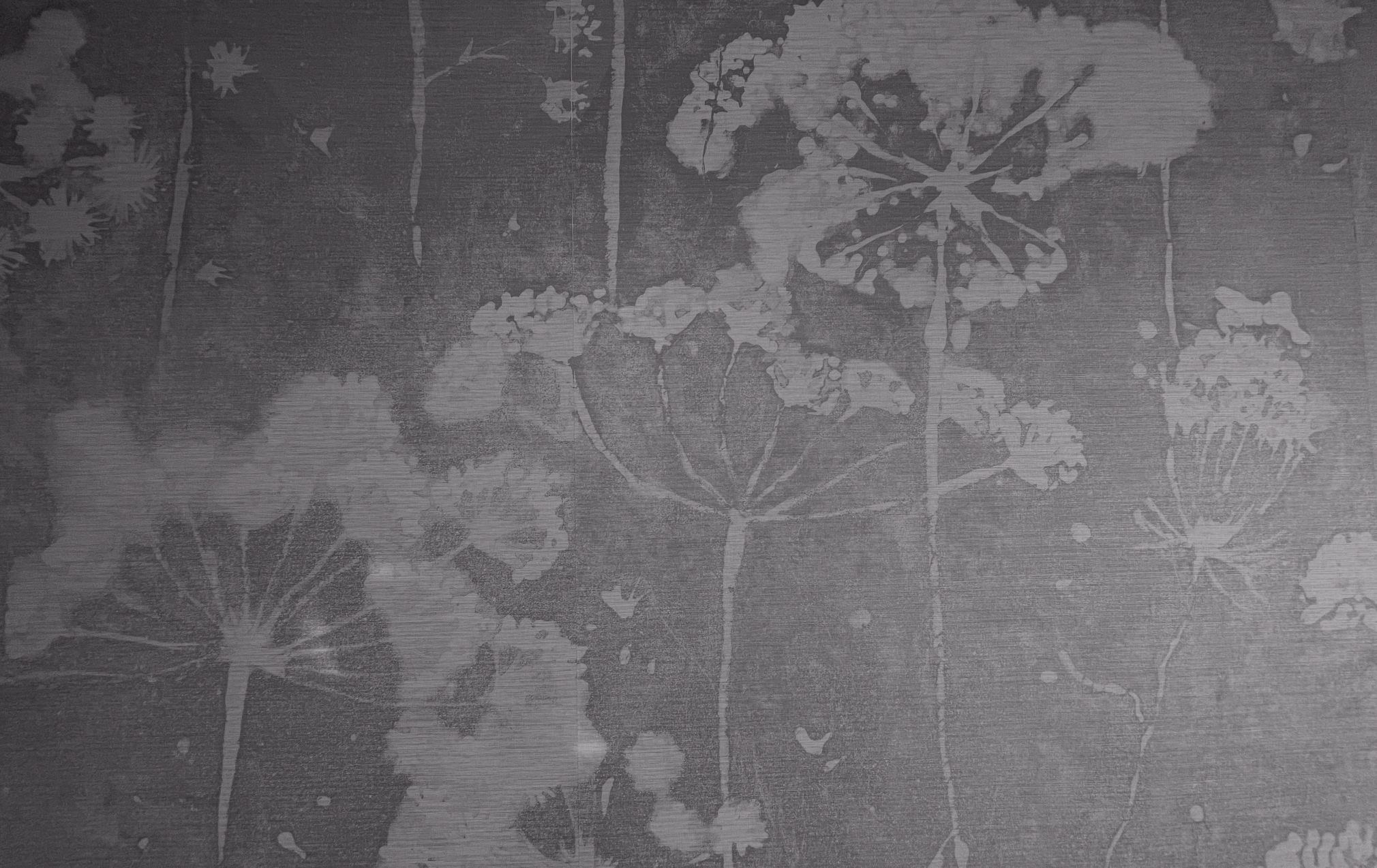



Breast augmentation enhances the breasts, but removal may be desired later due to personal, health, or implant-related complications. In Newport Beach, CA, The Aesthetic Centers offer expert Breast Implant Removal and Breast Restoration, focusing on patients with Breast Implant Illness Symptoms.

Breast implant illness (BII) refers to a wide range of symptoms that might develop after breast augmentation or breast reconstruction surgery.
According to BreastCancer.org, BII symptoms include:
These symptoms can happen with any type of breast implant, whatever its material, shape, or texture. They can also appear any time after the insertion of implants, as some people immediately develop symptoms, while others get them years later.
Many of these BII symptoms are associated with autoimmune and connective tissue disorders like lupus, rheumatoid arthritis, and scleroderma. In fact, some people with BII also get diagnosed with such conditions.
That is why BII is also referred to as autoimmune/inflammatory syndrome induced by adjuvants (ASIA).


Breast implants can enhance your figure, but some women choose to have them removed for various reasons:
It has taken 20 years and a surgeon inventor to come up with a series of advances to restore your breast shape, position, and projection – The Internal Dermal-Bra Breast Lift and Restoration

Dr. Agha offers a comprehensive service tailored to your individual needs, that may include:
Dr. Agha prioritizes safe and meticulous implant removal. This procedure may be undertaken with a total capsulectomy, which is known as en bloc implant removal.
Implants, especially larger ones, lead to the descent of the breast unit over the chest. Instead of being at the middle of the chest, augmented breasts are often at the lower end of the chest unit. This results in an imbalance of breast-to-tummy ratio, with breasts occupying half the front and the belly the other half. Breast repositioning is an advanced plastic surgery procedure that Dr. Agha described in 2011 in a peer-reviewed article that featured over 100 of his cases. Breast repositioning involves reinstalling the breast footprint in the middle of the chest via inframammary fold elevation and reverse tummy tuck.
Dr. Agha is the creator of the internal dermal-bra breast lift and reshaping. This advanced breast reshaping procedure has evolved over 20 years to become, perhaps, the best breast lift and reshaping procedure that exists.
Dr. Agha has created a series of procedures to augment your breast with adjacent tissues of the outer chest, back, or upper abdomen. This is called autologous augmentation, meaning from self to self. Your excess tissue can be fashioned into your breasts to create shape and projection.
Unlike many plastic surgeons, Dr. Agha reserves fat injections into breasts as the last resort. According to national plastic surgery studies, about 50% of the injected fat often resorbs. Thus, the best use of fat injection is for breast sculpting and correction of asymmetries.
For patients experiencing BII symptoms, Dr. Agha can develop a personalized plan to address your symptoms and restore your health and quality of life.
Though researchers are still studying why BII develops, there are a couple of theories in place. One of the leading ones is the predisposition of some people to develop an immune reaction to the materials used in breast implants. It leads to inflammation, resulting in rashes, joint and muscle pain, and gastrointestinal problems.
Some studies show that tiny amounts of silicone and platinum found in breast implants can seep out of an intact shell and spread into the surrounding tissue.
Implant rupture can also cause other substances to spread within the scar tissue capsule surrounding the implant to other parts of the body. The longer the implant is in place, the higher the likelihood it will rupture. After all, some women with BII have a ruptured implant.
Silicone polymers found in all breast implant shells may also cause the immune system to react.
Another group of researchers attributes BII to microbiological abnormalities. A study of 50 self-diagnosed BII patients revealed that 36% of them had chronic contamination upon examining their removed implants.
Two-thirds of these contaminations were caused by Propionibacterium acnes, a known pathogen for various rheumatological disorders.
Cultures also showed small amounts of Staphylococcus epidermidis, but it was present in both the BII and control groups. Furthermore, researchers discovered that natural killer cell function becomes suppressed in the presence of an infected breast implant but returns to normal once the implant has been explanted. It supports the theory that bacterial infections most probably cause BII.
Although there was no significant difference in the proportion of saline and silicone implants in both groups, it appears that patients with BII symptoms have textured implants. These may harbor more significant amounts of bacteria.
With these findings, there is a possibility that BII can be treated or even prevented with antibiotic prophylaxis regimens. However, further studies are needed to pinpoint the exact cause.

In most cases, the best way to treat breast implant illness is to surgically remove the breast implants and the surrounding scar tissue capsules. The latter is only recommended if the capsule is abnormal since capsulectomy is not without its surgical risks.
Some plastic surgeons do “en bloc capsulectomy,” a procedure that removes the implant and capsule in one piece. It can help prevent silicone, bacterial colonies, and other substances within the capsule from escaping into the body. Removing the scar tissue capsules also reduces the risk of fluid accumulation within the area after surgery.
Another recommended procedure is total capsulectomy, which removes both the implant and capsule but not in one bloc.
Although doctors do not recommend getting implants again after developing BII, some patients still insist on replacing the implants with a different type. Though this may improve BII symptoms, it’s still possible to develop BII over time. After all, all implants have silicone shells that may cause the body to react to them.

Results from implant removal and breast restoration can vary, with initial improvements visible shortly after surgery. However, final results typically become evident over several weeks as swelling subsides. Patients may experience some discomfort post-treatment and should avoid strenuous activities for a few weeks. It's essential to follow post-operative instructions diligently, including proper incision care and scar prevention techniques. Regular follow-up appointments with your surgeon ensure optimal healing and address any concerns. Maintaining a stable weight and wearing supportive bras may be recommended to maintain results. Overall, patients can expect renewed confidence and satisfaction with their breast appearance.

After implant removal and breast restoration, patients should expect a gradual improvement in breast appearance. Initial results may be visible soon after surgery, but the final outcome typically manifests over several weeks, with incision scars continuing to improve and blend in for up to a year or longer.
During recovery, it's crucial to avoid strenuous activities and follow the post-operative instructions provided by your surgeon. Proper incision care and scar prevention techniques are essential to optimize healing and minimize scarring. Regular follow-up appointments allow your surgeon to monitor progress and address any concerns.

At The Aesthetic Centers in Newport Beach, CA, we understand breast implant removal's physical and emotional aspects. Dr. Siamak Agha, MD, PhD, FACS, our board-certified plastic surgeon, specializes in breast implant removal and restoration procedures.
We prioritize your well-being and satisfaction throughout the process. Contact The Aesthetic Centers today to learn more about breast implant removal and restoration options and schedule a consultation with Dr. Agha.

To maintain the results of implant removal and breast lift and restoration, it's important to follow post-operative instructions provided by your surgeon diligently. These instructions will include avoiding strenuous activities during the recovery period, practicing proper incision care, and wearing supportive bras as recommended. Additionally, maintaining a stable weight and leading a healthy lifestyle can help preserve the results over the long term. Regular follow-up appointments with your surgeon will also allow for monitoring of your progress and any necessary adjustments.